I am trying to get a very simple ESP8266 project to work but I keep failing and have no clue why.
These are my components:
- Wemos D1 (ESP8266MOD)
- WS2812B 5050 LED Stripe (2m with 60 LEDs/m)
- 5V 10A DC Power Supply
This is how I connected everything (I also tried multiple other pins on the controller)
Then I uploaded this code to the controller:
#include <Arduino.h>
#include <Adafruit_NeoPixel.h>
#define PIN D2
#define NUMPIXELS 20
Adafruit_NeoPixel pixels(NUMPIXELS, PIN, NEO_GRB + NEO_KHZ800);
int delayval = 500;
void setup() {
pixels.begin();
}
void loop() {
pixels.clear();
for(int i=0;i<NUMPIXELS;i++){
pixels.setPixelColor(i, pixels.Color(0,150,0));
pixels.show();
delay(delayval);
}
}
Absolutely nothing happens. The LEDs remain dark. I measured the voltage directly on the strip connectors and it's fine. I've got no oszilloscope, but I get varying voltages on the ESPs data pin, so I suppose that's also working as expected.
I also stumbled upon this article stating that the signal voltage has to be at least 60% of the voltage of the stripe while my controller works with 3.3V (seee Datasheet). So I thought this might be part of the problem and tried it again wiht another power supply providing araound 3.8V at max. 5A with the same result. I am running out of ideas. Maybe you have got some for me.
